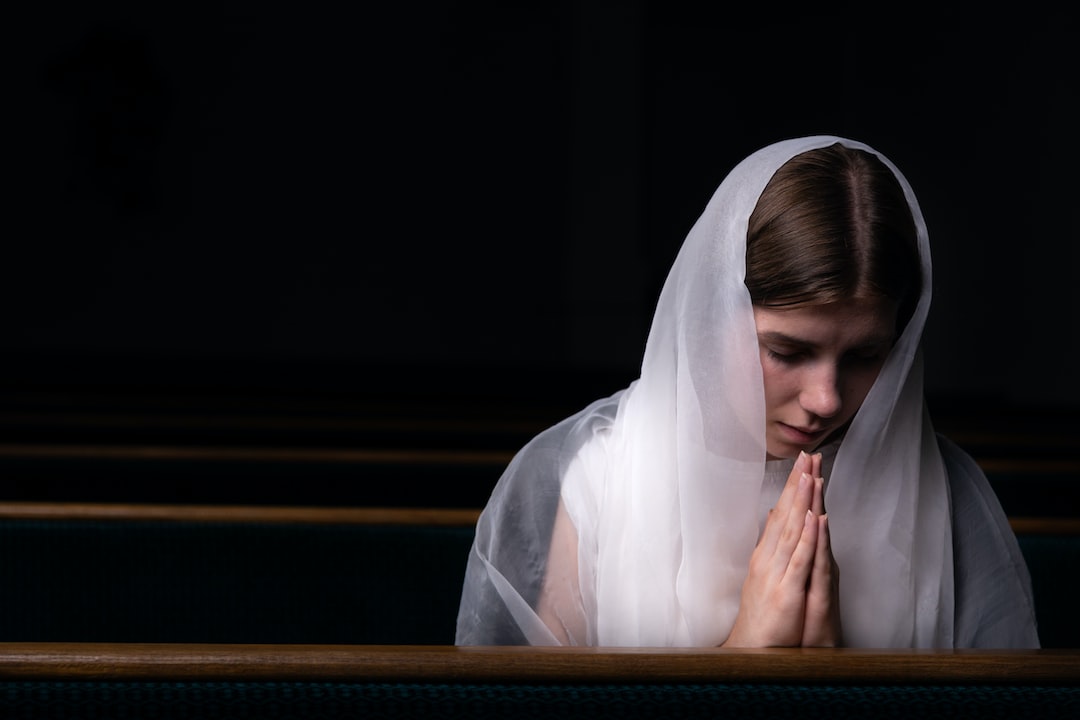The Role of Women in Different Religious Traditions
Religion has always been a significant aspect of human existence, shaping cultures, beliefs, and values across various societies. While each religious tradition differs in its teachings, practices, and philosophies, one common thread often emerges regarding the role of women. Throughout history, women have played diverse roles within religious communities, ranging from positions of leadership and authority to more subordinate roles. In this blog post, we will explore the varying roles of women in different religious traditions.
Christianity, one of the world’s largest religions, has a complex relationship with women’s roles. Traditional interpretations of the Bible have often portrayed women as subservient to men. However, these viewpoints have progressively evolved, with many Christian denominations embracing female clergy and leadership roles. Some denominations, such as the Roman Catholic and Eastern Orthodox churches, still have restrictions on women’s ordination to the priesthood, yet women actively participate as nuns, lay leaders, and educators.
In contrast, other Christian denominations, such as Anglicanism, Protestantism, and Methodism, have embraced women’s leadership more inclusively. Women clergy members, pastors, and bishops are now commonplace in these denominations, highlighting a shift towards gender equality.
In Islam, the role of women varies across different traditions and interpretations. While some conservative interpretations restrict women’s rights and participation, others offer a more egalitarian view. The Quran acknowledges the spiritual equality of men and women, asserting that both genders are accountable for their actions. Muslim women have historically held positions of influence as scholars, teachers, and mystics. Today, Muslim women continue to make strides as scholars, leaders, and activists, challenging traditional gender roles and advocating for women’s rights within their communities.
Hinduism, one of the oldest religions, holds a diverse array of beliefs and practices. The role of women in Hinduism varies significantly across different regions and sects. In some traditions, women are seen as divine figures embodying aspects of a goddess. Women participate in rituals, prayers, and ceremonies, often occupying important roles as priests and gurus. However, in other Hindu traditions, women may face restrictions and limitations on their roles and freedoms. Initiatives are underway to challenge these barriers and promote gender equality within Hinduism.
In Buddhism, the role of women varies significantly from one tradition to another. Some Buddhist sects have historically welcomed women to become nuns and teachers, emphasizing gender equality. The Theravada tradition, which is prominent in Southeast Asia, allows women to take up monastic vows and become bhikkhunis. In contrast, other Buddhist traditions, such as Japanese Zen and Tibetan Buddhism, have predominantly male monastic orders. However, women continue to play vital roles as lay practitioners, scholars, and teachers within these traditions.
Judaism, one of the world’s oldest monotheistic religions, has also experienced a shift in the roles of women. While traditional Judaism has often emphasized gender-specific roles, modern movements, such as Reform and Conservative Judaism, have championed gender equality. Women can now serve as rabbis, cantors, and teachers in many Jewish communities, leading prayer services and assuming positions of religious authority. The role of women in Orthodox Judaism remains more traditionally defined, but there are ongoing discussions and initiatives to expand women’s participation within the boundaries of Halakha (Jewish law).
In conclusion, the role of women in different religious traditions is complex and multifaceted. While historically, women have often occupied subordinate positions within religious communities, contemporary movements across various religions are advocating for greater gender equality. Women are now assuming leadership roles, becoming clergy members, teachers, and scholars in numerous religious traditions, challenging age-old stereotypes and expanding the boundaries of religious participation. As societies continue to evolve, it is essential to promote inclusivity and equality within religious spaces, recognizing and valuing the immense contributions that women bring to these traditions.

